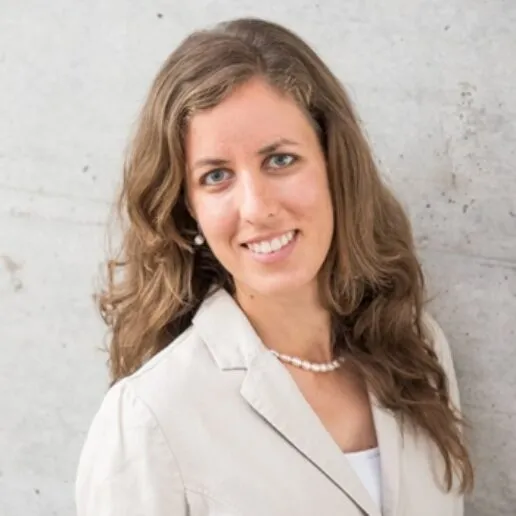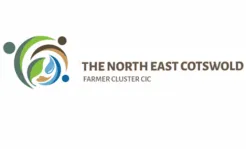Flurina Wartmann is a social environmental geographer who focuses on human-nature relationships, with a particular interest on cultural landscape values and people-place relations. She uses digital media, public surveys, and participatory research methods, such as participatory mapping and GIS, to explore society-nature relations.
At the Leverhulme Centre for Nature Recovery, Flurina works on exploring the landscape aesthetics of nature recovery in the UK. This research will contribute to understand how perceptions about what the landscape ought to look like enable and constrain nature recovery.
Related News Articles
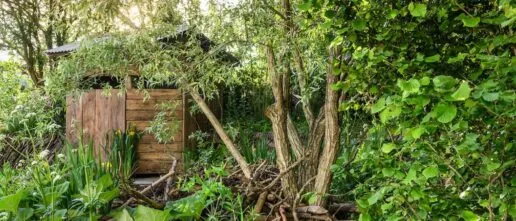
Is messy the new beautiful? Why debates about what nature recovery looks like matter
Current aspirations for nature recovery to address biodiversity loss and climate change involve changing what landscapes look like What is considered neat or messy impacts on action and policy changes Nature recovery activities are highly politicised and resisted Publicised movements for messier gardens and environments can help shift public opinion to accepting less orderly environments […]

Farmer cluster brings future vision of the Cotswolds under nature recovery to life with professional illustrator
To achieve nature recovery at scale, we must first imagine it. Picturing the future is a crucial step toward enabling change. In collaboration with the North East Cotswolds Farmer Cluster, researchers from the Leverhulme Centre for Nature Recovery conducted a workshop to discuss and deliberate visions for the future of the Cotswolds. The North East […]
Related Projects

The landscape aesthetics of nature recovery
How do perceptions of what the landscape ought to look like enable and constrain nature recovery in the UK?

Evenlode Landscape Recovery
Lead by the North East Cotswold Farming Cluster and funded by DEFRA as apart of the Environmental Land Management schemes, the project aims to expedite the transition to a financially and environmentally sustainable farming system through nature recovery efforts.
Related Outputs
Is messy the new beautiful? Why debates about what nature recovery looks like matter
Current aspirations for nature recovery to address biodiversity loss and climate change will involve changing what landscapes look like, which can create challenging aesthetic experiences for members of the public. In this study, we interrogate the role of aesthetics in shaping visions of nature recovery, focussing on the construction and contestation of ‘mess’ and ‘messiness’ […]
Farmer cluster brings future vision of the Cotswolds under nature recovery to life with professional illustrator
Workshop: Farmer cluster brings future vision of the Cotswolds under nature recovery to life with professional illustrator Related project: The Landscape aesthetics of nature recovery More information here
Related Landscapes
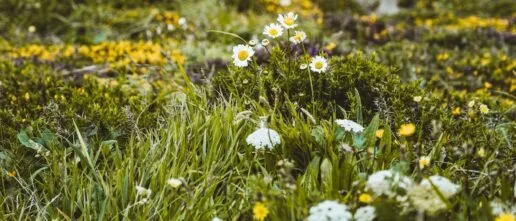
Oxfordshire
With its active network of nature recovery groups, Oxfordshire presents a unique opportunity to test and showcase a portfolio of different ecosystem restoration strategies, to become a model county for nature recovery. Our work in this landscape aims to build a community of practice between the University and local practitioners, and will also form a […]
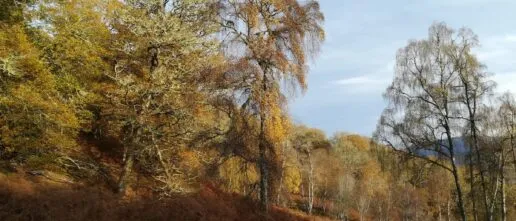
Scottish Highlands
Scotland is renowned for its distinctive and diverse range of landscapes, which are a significant part of the country’s natural and cultural heritage. The environment has been shaped by interconnected human and natural processes over thousands of years and includes built heritage, ancient woodlands, wildlife and native species, art and literature, folklore, language and traditions […]
